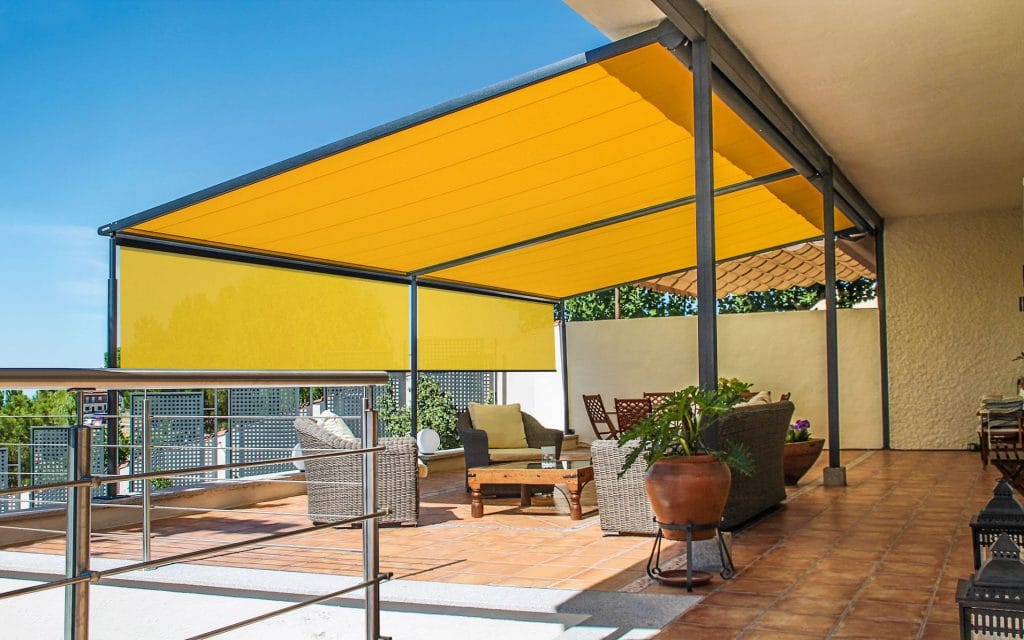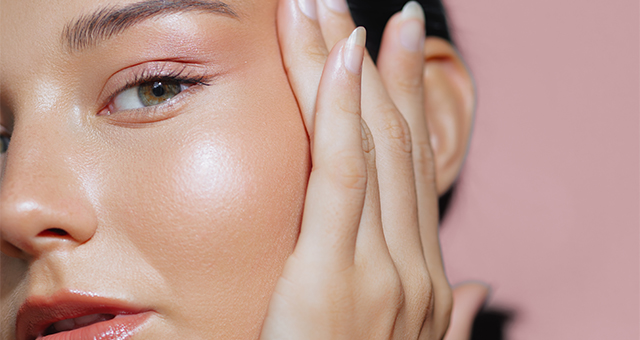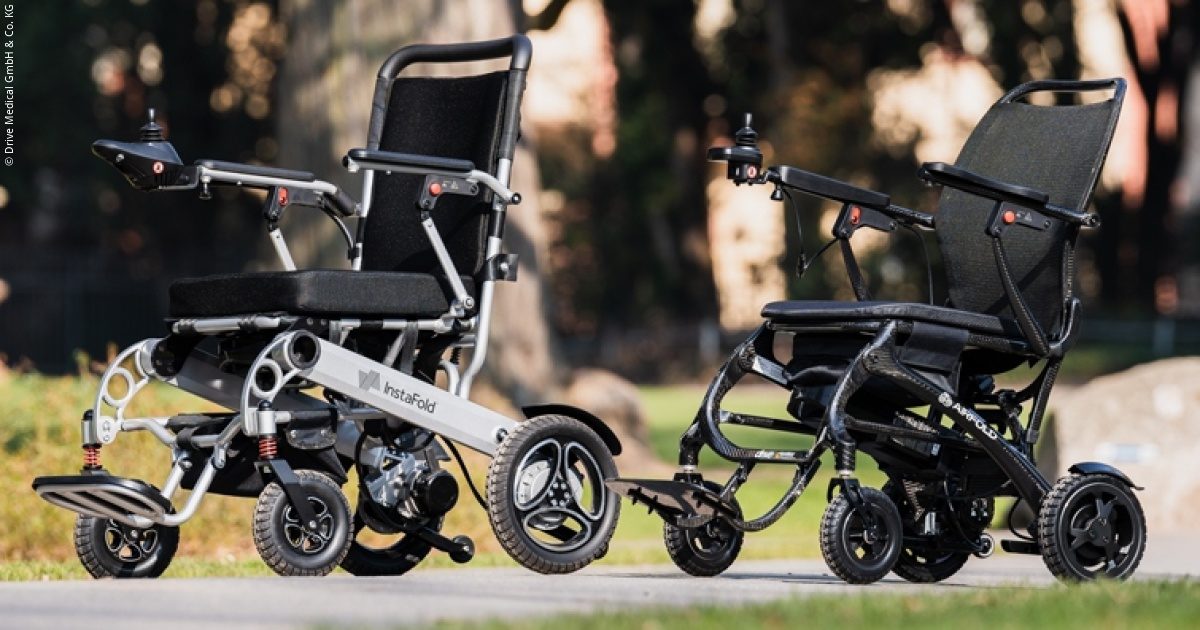The Ultimate Guide to Patio Awnings with Waterproof Fabric

Patio awnings are a fantastic addition to any outdoor space, offering shade, protection, and style. When paired with waterproof fabric, they become even more versatile, allowing you to enjoy your patio regardless of the weather. This comprehensive guide explores everything you need to know about patio awnings with waterproof fabric, from their benefits and material options to installation tips and maintenance. Whether you're looking to enhance your backyard oasis or create a cozy outdoor retreat, this blog will help you make an informed decision.
Related: Finding the Best Commercial HVAC Companies and Heating Services in Your Area
What Are Patio Awnings?
Patio awnings are structures, typically made of fabric or metal, that extend over an outdoor area to provide shade and protection from the elements. They can be fixed or retractable, manual or motorized, and come in various styles to suit different aesthetic and functional needs. When equipped with waterproof fabric, patio awnings offer an extra layer of protection against rain, making them ideal for unpredictable weather.
Awnings are commonly used over patios, decks, or terraces, but they can also cover windows, doors, or pergolas. They enhance outdoor living spaces by creating a comfortable environment for relaxation, dining, or entertaining, no matter the conditions.
Why Choose Waterproof Fabric for Patio Awnings?
Waterproof fabric is a game-changer for patio awnings, offering numerous advantages over standard materials. Here’s why it’s a top choice for homeowners:
1. Weather Protection
Waterproof fabric ensures your patio remains usable during rain. Unlike water-resistant materials, which can only repel light moisture, waterproof fabrics create a barrier that prevents water from penetrating, keeping your outdoor furniture and guests dry.
2. Durability
High-quality waterproof fabrics are designed to withstand harsh weather conditions, including UV rays, rain, and wind. They resist fading, mildew, and tearing, ensuring your awning remains functional and attractive for years.
3. Versatility
With a waterproof awning, you can enjoy your patio in various weather conditions, from sunny afternoons to rainy evenings. This versatility extends the usability of your outdoor space, making it a true extension of your home.
4. Easy Maintenance
Most waterproof fabrics are treated to resist stains, mold, and mildew, making them easy to clean. A simple rinse with water or mild soap is often enough to keep them looking pristine.
5. Aesthetic Appeal
Waterproof fabrics come in a wide range of colors, patterns, and textures, allowing you to customize your awning to match your home’s exterior or personal style.
Types of Waterproof Fabrics for Patio Awnings
Not all waterproof fabrics are created equal. Here are the most popular options for patio awnings, each with its own strengths:
1. Solution-Dyed Acrylic
Solution-dyed acrylic is one of the most popular choices for patio awnings. The color is infused into the fibers during manufacturing, resulting in vibrant, fade-resistant hues. This fabric is waterproof, UV-resistant, and highly durable, making it ideal for long-term outdoor use. Brands like Sunbrella are well-known for their high-quality acrylic fabrics.
2. Vinyl-Coated Polyester
Vinyl-coated polyester is a budget-friendly option that offers excellent waterproofing. It’s strong, resistant to mildew, and easy to clean. However, it may not be as breathable as acrylic, which can lead to heat buildup under the awning.
3. PVC (Polyvinyl Chloride)
PVC fabrics are fully waterproof and incredibly durable, often used in commercial settings or heavy-duty residential applications. They’re resistant to UV rays, chemicals, and abrasions but may lack the softness and aesthetic appeal of acrylic or polyester.
4. Marine-Grade Fabrics
Marine-grade fabrics, originally designed for boats, are an excellent choice for patio awnings in coastal or high-humidity areas. They’re waterproof, mold-resistant, and built to withstand saltwater and extreme weather.
5. Coated Canvas
Coated canvas combines the classic look of canvas with modern waterproofing treatments. It’s durable and stylish but may require more maintenance than synthetic options like acrylic or vinyl.
Fixed vs. Retractable Awnings: Which Is Right for You?
When choosing a patio awning with waterproof fabric, you’ll need to decide between fixed and retractable options. Each has its pros and cons:
Fixed Awnings
-
Pros: More affordable, sturdy, and low-maintenance. Ideal for permanent shade solutions.
-
Cons: Cannot be adjusted or retracted, limiting flexibility in changing weather conditions.
-
Best for: Homeowners who want a permanent structure or live in areas with consistent weather patterns.
Retractable Awnings
-
Pros: Adjustable to control shade and exposure. Can be retracted during storms to prevent damage.
-
Cons: Higher cost, more maintenance, and potential for mechanical issues with motorized models.
-
Best for: Those who want flexibility and control over their outdoor space.
Retractable awnings are particularly popular with waterproof fabrics, because they allow you to extend the awning during rain and retract it when not needed, preserving the fabric’s lifespan.
Key Features to Look for in a Patio Awning
When shopping for a patio awning with waterproof fabric, consider the following features to ensure you get the best product for your needs:
1. UV Protection
Look for fabrics with a high UV protection rating to shield you and your furniture from harmful rays. This is especially important if you spend a lot of time outdoors.
2. Wind Resistance
Check the awning’s wind resistance rating, especially for retractable models. Some awnings come with wind sensors that automatically retract the awning in strong winds to prevent damage.
3. Frame Material
The awning’s frame should be sturdy and rust-resistant. Aluminum and stainless steel are popular choices for their durability and low maintenance.
4. Motorization
Motorized awnings allow you to extend or retract the awning with the push of a button. Some models even integrate with smart home systems for remote control or automation based on weather conditions.
5. Size and Coverage
Measure your patio to ensure the awning provides adequate coverage. Consider the angle of the sun in your area to determine the optimal size and pitch.
6. Warranty
A good warranty (typically 5–10 years for the fabric and frame) ensures your investment is protected against defects or premature wear.
Installation Tips for Patio Awnings
Installing a patio awning can be a DIY project for smaller models, but larger or motorized awnings often require professional installation. Here are some tips to ensure a successful setup:
1. Choose the Right Location
Select a spot that provides maximum shade and protection for your patio. Ensure the awning is mounted securely to a wall, roof, or freestanding frame, depending on the design.
2. Check Local Regulations
Some areas require permits for awning installations, especially for fixed structures. Check with your local municipality to avoid fines or issues.
3. Secure the Frame
Use appropriate anchors and fasteners for your home’s exterior (e.g., brick, wood, or stucco). A poorly secured frame can lead to instability or damage.
4. Test Retractable Mechanisms
If installing a retractable awning, test the mechanism thoroughly to ensure smooth operation. For motorized models, confirm that the electrical connections are safe and compliant with local codes.
5. Hire a Professional for Complex Installations
Large awnings, motorized systems, or installations on uneven surfaces are best handled by professionals to ensure safety and longevity.
Maintaining Your Waterproof Patio Awning
To keep your waterproof patio awning in top condition, follow these maintenance tips:
1. Regular Cleaning
Rinse the fabric with water every few weeks to remove dirt and debris. For tougher stains, use a mild soap solution and a soft brush, then rinse thoroughly. Avoid harsh chemicals that could damage the waterproof coating.
2. Inspect for Damage
Check the fabric and frame regularly for signs of wear, such as tears, loose stitches, or rust. Address minor issues promptly to prevent costly repairs.
3. Retract During Storms
If you have a retractable awning, retract it during high winds or heavy storms to prevent damage to the fabric or frame.
4. Remove Snow and Debris
Clear snow, leaves, or branches from the awning to prevent weight buildup, which can strain the frame or tear the fabric.
5. Store Properly (if Applicable)
For portable or seasonal awnings, store them in a dry, cool place during the off-season to extend their lifespan.
Design Ideas for Patio Awnings
A patio awning with waterproof fabric can enhance your outdoor space’s aesthetic. Here are some design ideas to inspire you:
-
Modern Minimalist: Choose a sleek, motorized retractable awning with neutral-colored acrylic fabric for a clean, contemporary look.
-
Coastal Chic: Opt for marine-grade fabric in nautical stripes or soft blues to complement a beachside home.
-
Rustic Retreat: Pair a coated canvas awning with a wooden pergola for a cozy, farmhouse-inspired patio.
-
Bold and Bright: Select vibrant, solution-dyed acrylic in a bold color or pattern to make a statement.
-
Smart Integration: Install a motorized awning with smart sensors that adjust based on sunlight or rain, blending technology with style.
Cost Considerations
The cost of a patio awning with waterproof fabric varies based on size, material, and features. Here’s a rough breakdown:
-
Basic Fixed Awnings: $200–$1,000
-
Retractable Manual Awnings: $500–$2,500
-
Motorized Retractable Awnings: $1,500–$5,000+
-
Custom or Large-Scale Awnings: $3,000–$10,000+
Additional costs may include installation (if professional), permits, and accessories like lighting or heaters. Investing in a high-quality waterproof fabric, such as solution-dyed acrylic, can save money in the long run due to its durability.
Related: Finding Affordable Adventures: Your Guide to Discount Used RVs and Travel Trailers in 2025
Environmental Benefits of Patio Awnings
Patio awnings with waterproof fabric offer environmental benefits, too:
-
Energy Savings: By shading your home, awnings reduce the need for air conditioning, lowering energy consumption.
-
Sustainable Materials: Many waterproof fabrics, like acrylic, are recyclable, and some manufacturers use eco-friendly production processes.
-
Extended Outdoor Use: Awnings encourage outdoor living, reducing reliance on indoor climate control.
Final Thoughts
A patio awning with waterproof fabric is a fantastic way to make your outdoor space more inviting and usable, rain or shine. Whether you go for a fixed or retractable model, choose a high-quality fabric like solution-dyed acrylic or marine-grade material to get the most bang for your buck. Think about your style, budget, and how you’ll use your patio to pick the perfect awning. With a little care, it’ll keep your outdoor space cozy and stylish for years.
Ready to transform your patio? Start browsing waterproof awnings today and get ready to enjoy your backyard in any weather!
ADVERTISEMENT





